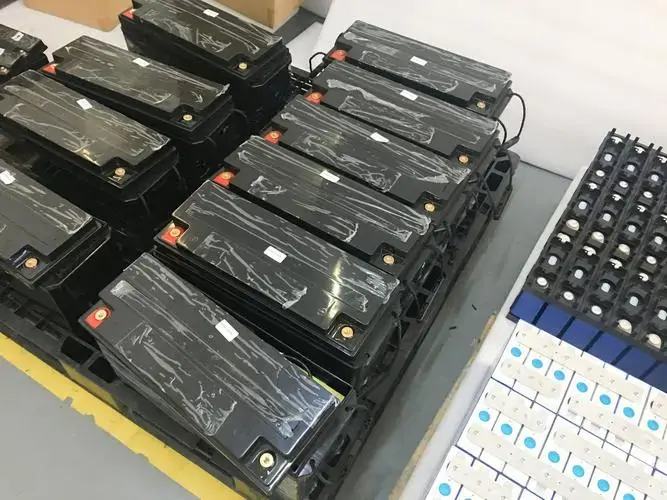Introduction
In this digital age, batteries have become an integral part of our lives. From smartphones to electric vehicles, batteries power our world. Among the different types of batteries available, LiFePO4 (Lithium Iron Phosphate) batteries have gained popularity for their reliability, long lifespan, and exceptional performance. However, to ensure these batteries continue to work effectively, it’s essential to know how to check LiFePO4 batteries. In this article, we will guide you through the process of checking these batteries to maximize their lifespan and performance.
What is a LiFePO4 Battery?
Before delving into the inspection process, let’s understand what a LiFePO4 battery is. LiFePO4 batteries are a type of lithium-ion battery that uses lithium iron phosphate as a cathode material. They are known for their high energy density, long cycle life, and enhanced safety features compared to other lithium-ion batteries.
Why Regular Checks Are Important
Checking your LiFePO4 battery on a regular basis is crucial for several reasons:
1. Prolonged Battery Lifespan
Regular checks help identify issues early, allowing for timely maintenance and preventing severe damage, which can significantly extend the battery’s lifespan.
2. Safety
Ensuring the integrity of the battery is essential for safety. Any anomalies, such as swelling or leakage, could pose a potential risk.
3. Optimal Performance
A well-maintained battery performs optimally. By identifying and rectifying issues promptly, you can maximize your LiFePO4 battery’s performance.
How to Check Your LiFePO4 Battery
1. Visual Inspection
Start by visually inspecting the battery. Look for any signs of physical damage, such as cracks, dents, or leaks. These are clear indicators that the battery may be compromised.
2. Check for Swelling
LiFePO4 batteries should remain flat. If the battery is swollen or bulging, it’s a sign of internal issues, and the battery should be replaced immediately.
3. Voltage Check
Use a multimeter to check the voltage of the LiFePO4 battery. A healthy LiFePO4 battery should have a voltage of around 3.2 to 3.3 volts per cell. If the voltage is significantly lower, it may need recharging.
4. Capacity Test
Perform a capacity test to assess the battery’s ability to hold a charge. Discharge the battery to a specified level and then recharge it. A significant drop in capacity may indicate battery degradation.
5. Temperature Check
LiFePO4 batteries should not overheat during use or charging. If the battery becomes excessively hot, it’s a sign of a problem and should be inspected further.
6. Battery Management System (BMS) Check
For larger LiFePO4 battery packs, ensure that the Battery Management System is functioning correctly. A malfunctioning BMS can lead to overcharging or discharging, damaging the battery.
7. Cleanliness
Keep the battery terminals clean. Corrosion or dirt on the terminals can disrupt the connection and affect the battery’s performance.
Conclusion
Regularly checking your LiFePO4 battery is vital for its longevity, safety, and performance. By following the steps outlined in this guide, you can ensure that your LiFePO4 battery continues to power your devices efficiently and safely. Remember to always exercise caution and seek professional assistance if you encounter any issues beyond your expertise.
FAQs
1. How often should I check my LiFePO4 battery?
- It’s advisable to perform a visual inspection every few months and a comprehensive check every 6-12 months.
2. Can I overcharge a LiFePO4 battery?
- LiFePO4 batteries have built-in protection against overcharging, but it’s still essential to monitor them during charging.
3. What is the ideal temperature range for LiFePO4 batteries?
- LiFePO4 batteries operate best between -20°C to 60°C (-4°F to 140°F).
**4. Can I dispose of a damaged LiFePO4 battery in the regular trash?
- No, damaged LiFePO4 batteries should be disposed of properly at a recycling center.
**5. How can I extend the lifespan of my LiFePO4 battery?
- Avoid deep discharges, extreme temperatures, and high discharge/charge rates to maximize battery life.
